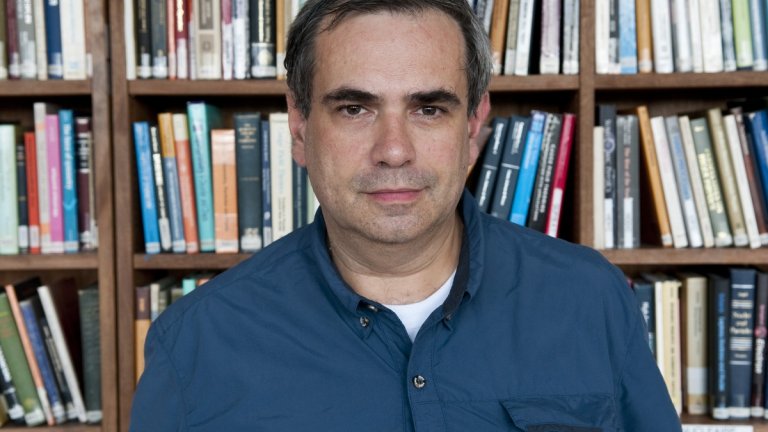
18 media
Add to my selection
Dario Autiero at the IPNL in Lyon in September 2011.

Our work is guided by the way scientists question the world around them and we translate their research into images to help people to understand the world better and to awaken their curiosity and wonderment.